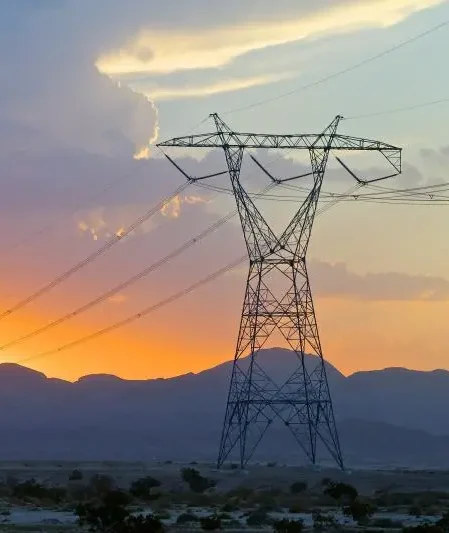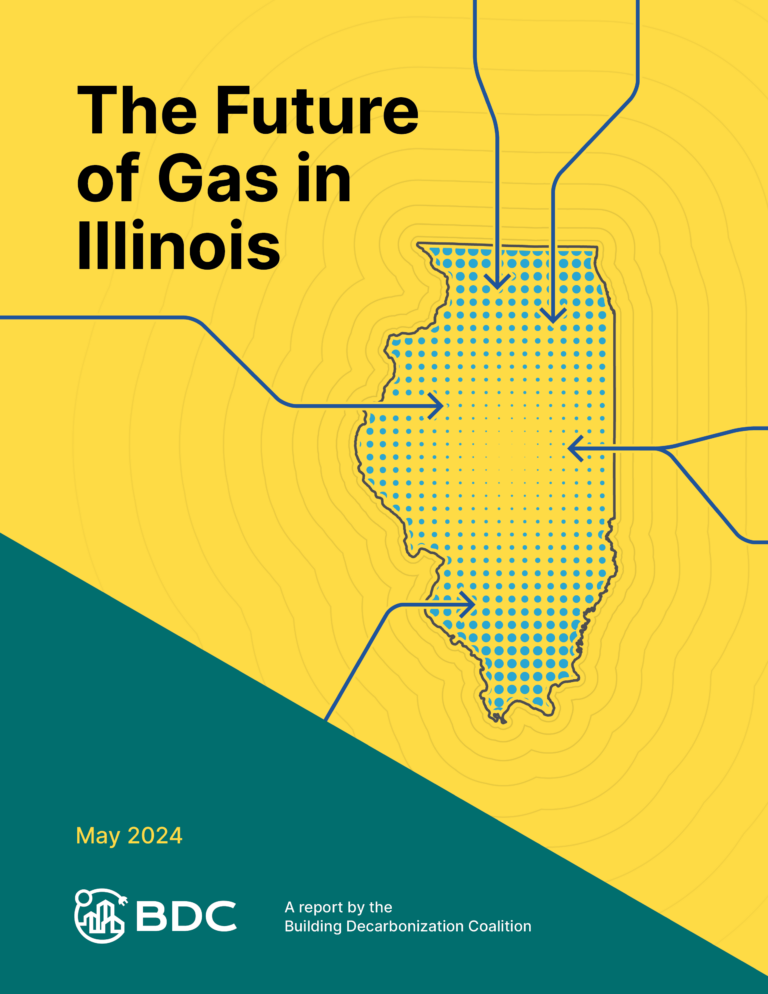Home →
FeaturedReport
Beyond the Wires: Community Benefits from Transmission Projects
The United States needs to build more electric transmission lines at an unprecedented pace to connect and deliver clean, reliable and affordable energy. A new report from Environmental Defense Fund and Clean Air Task Force highlights how the most successful projects treat communities as partners, not obstacles. And, listen to…
Blog
Energy Affordability Matters: Communities’ Role in Shaping Energy Policy
The clean energy transition will only succeed if it’s affordable and accessible to everyone. A recent webinar hosted by Environmental Law Institute and Environmental Defense Fund, Community Lawyering for Environmental Justice, Part 13: Energy Affordability & the Power of Community, brought together lawyers, community advocates and technical experts to tackle…
Media Article
Consumer advocates say regulators should slash Ameren Illinois’ proposed $134M rate hike
Consumer advocates are pushing back against Ameren Illinois’ $134 million rate hike request for natural gas services that’s currently before state regulators. The watchdog groups contend the Illinois Commerce Commission, the state regulatory body, should reject at least two-thirds of the proposal. “t Ameren’s bid for a $134 million rate…
Blog
Intervenor compensation: supporting public participation in utility decisions
Energy decisions profoundly impact communities, yet the decision-making process can feel opaque and inaccessible. Concerns surrounding the tangible impacts of energy infrastructure — who benefits, who bears the costs and how electricity bills are affected — are frequently resolved behind closed doors in highly technical and legally complex energy regulatory…
Blog
Energy Affordability for All: How states are reducing energy cost burdens through rate setting
Energy affordability has become a major concern for customers as utility rates rise across the country. Since 2001, the average cost of electricity per kilowatt has nearly doubled for residential customers, according to the U.S. Energy Information Administration. Low-income households are facing the brunt of this burden. According to 2024…
Blog
Equity, Affordability and Access in the Clean Energy Transition
As states turn toward a clean energy transition, affordability and access must be an integral part of the discussion. Otherwise, equity may be compromised. Black and Brown communities experience higher energy rates and higher rates of power disconnection due to many overlapping historical and modern factors such as housing injustice,…
FeaturedMedia Article
Illinois to receive $430 million to reduce climate pollution
The US Environmental Protection Agency (USEPA) announced that Illinois will receive more than $430 million in Climate Pollution Reduction Grants, thanks to the Inflation Reduction Act, to tackle climate pollution, improve air quality, and advance environmental justice across the state. Grant funds will support building and industry decarbonization, freight electrification,…
FeaturedPress Release
Report: managed gas transition strategies for Illinois
A new report finds that Illinois’ largest gas utilities’ current capital spending on gas systems will raise customers' rates sharply and could lead to stranded assets of $80 billion by 2050. To avoid this costly path, the report recommends a strategically managed gas transition to clean, renewable energy sources, which…













